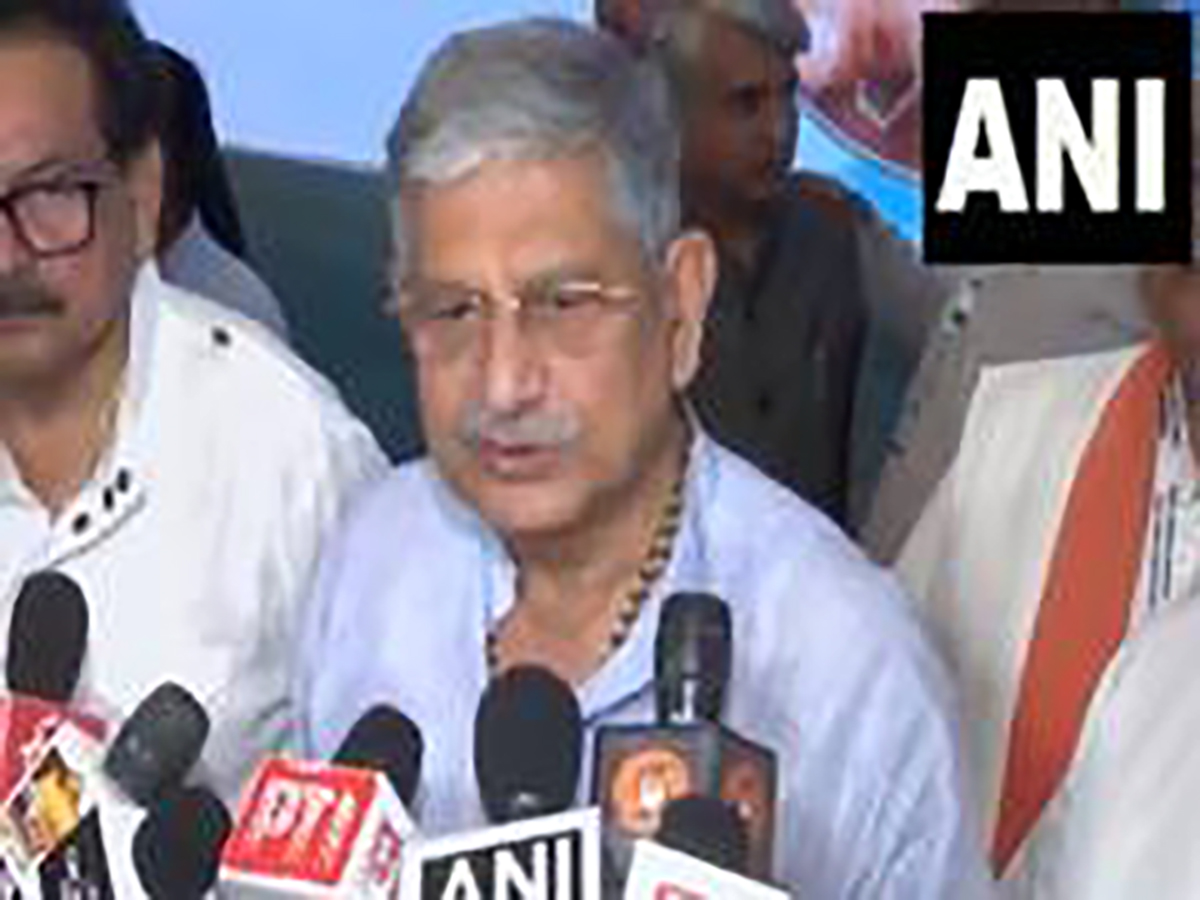
Indore: Union Minister Rajiv Ranjan (Lalan) Singh attended Inland Fisheries & Aquaculture Meet 2025 held at Madhya Pradesh’s Indore district on Friday and highlighted that India comes 2nd in the world in fisheries production.
Speaking to reporters here, Union Minister Singh said, “The production of fisheries has to be increased first, the quality will be improved later. India comes 2nd in the world in fisheries production. 70 percent of the contribution comes from the inland states. There is a growth of around 137 per cent in the last 10 years due to the efforts of Prime Minister Narendra Modi and initiative taken by him to boost fisheries production.”
Additionally, he thrusted that they still believe that there is a huge potential to increase fisheries production in inland states and held a meeting in Indore for the same purpose.
“We believe that the inland state has immense potential to increase the fisheries production even today and we are here to explore those possibilities. We had a meeting with the governments of the inland states. We will also have a technical session in which discussion will be held and then later, we will decide how to move ahead…,” he added.
The Union Minister further highlighted that they are promoting aquaculture, sustainable fishing, promoting technology and establishing food processing and production units. Export has doubled in the last 10 years from Rs 30,000 crores to Rs 60,000 crores.
According to a release, Inland fisheries and aquaculture involve catching and farming fish in freshwater and brackish water bodies like rivers, lakes, ponds, and reservoirs. While inland fisheries harvest fish from naturally available species in fresh and brackish water, aquaculture uses controlled methods of fish farming such as pond and cage culture, along with technologies like Recirculatory Aquaculture Systems (RAS) and Biofloc.
Inland fisheries and aquaculture offer year-round production, greater control over inputs and outputs, and better suitability for small-scale farmers. They also offer the unique advantage of bringing underutilised or unproductive ponds and saline-affected lands into productive use, effectively turning ‘waste land’ into ‘wealth land’ while generating income and livelihoods, especially in rural areas.
With support from 8 ICAR fisheries institutes, four fisheries subordinate offices and fisheries universities technology has become pivotal to the growth of inland fisheries and aquaculture. Under PMMSY (Pradhan Mantri Matsya Sampada Yojana) and the Blue Revolution, 45,000 units–including RAS, cages, Biofloc systems, and raceways–have been approved across inland states and UTs, boosting productivity up to 20-fold.
